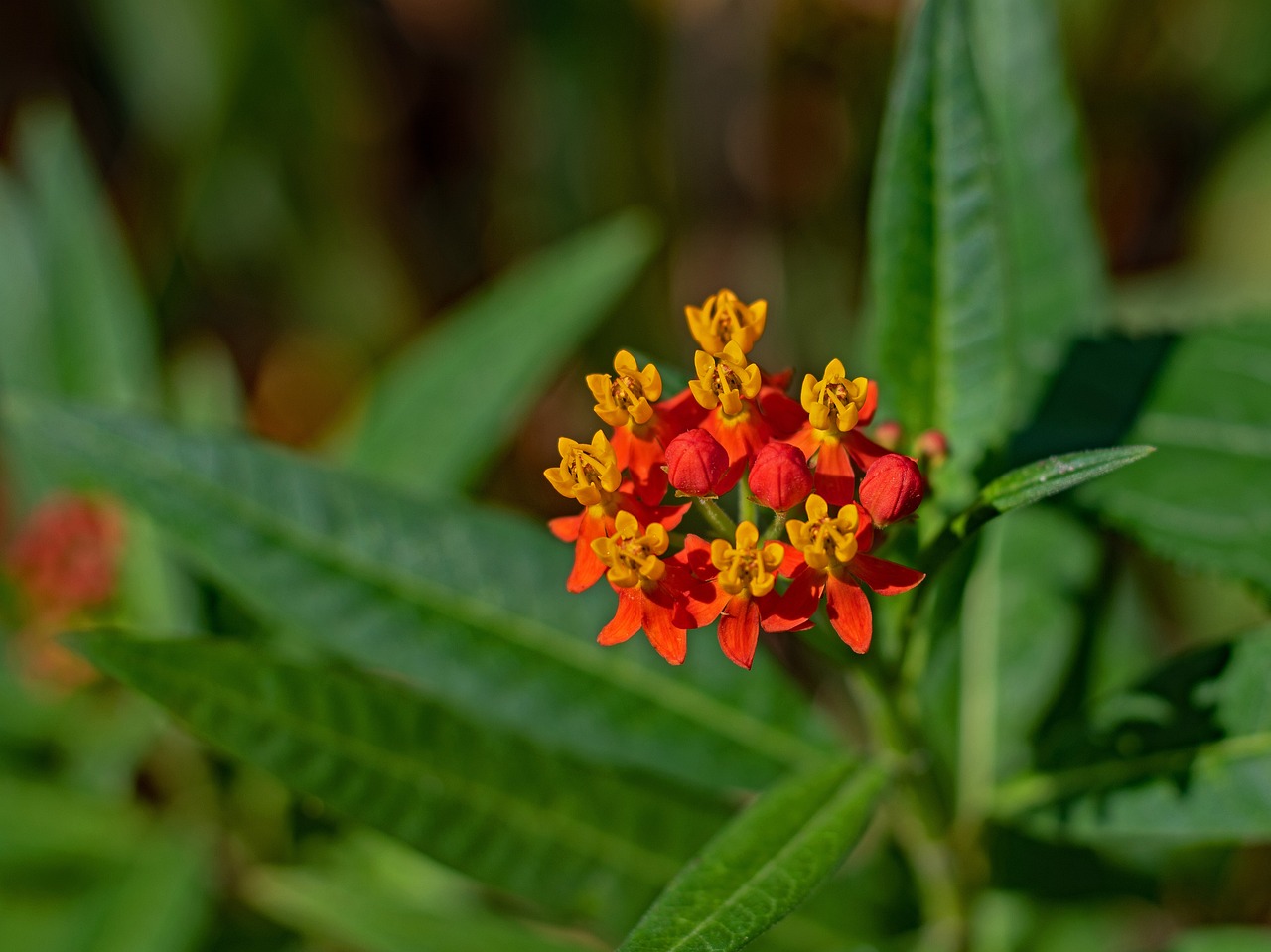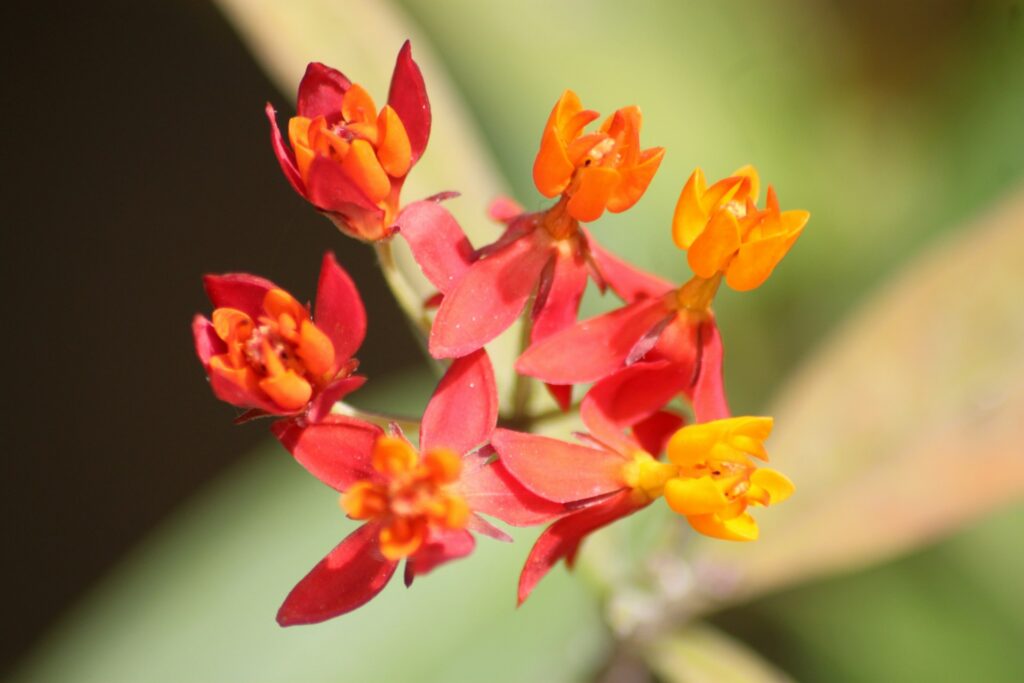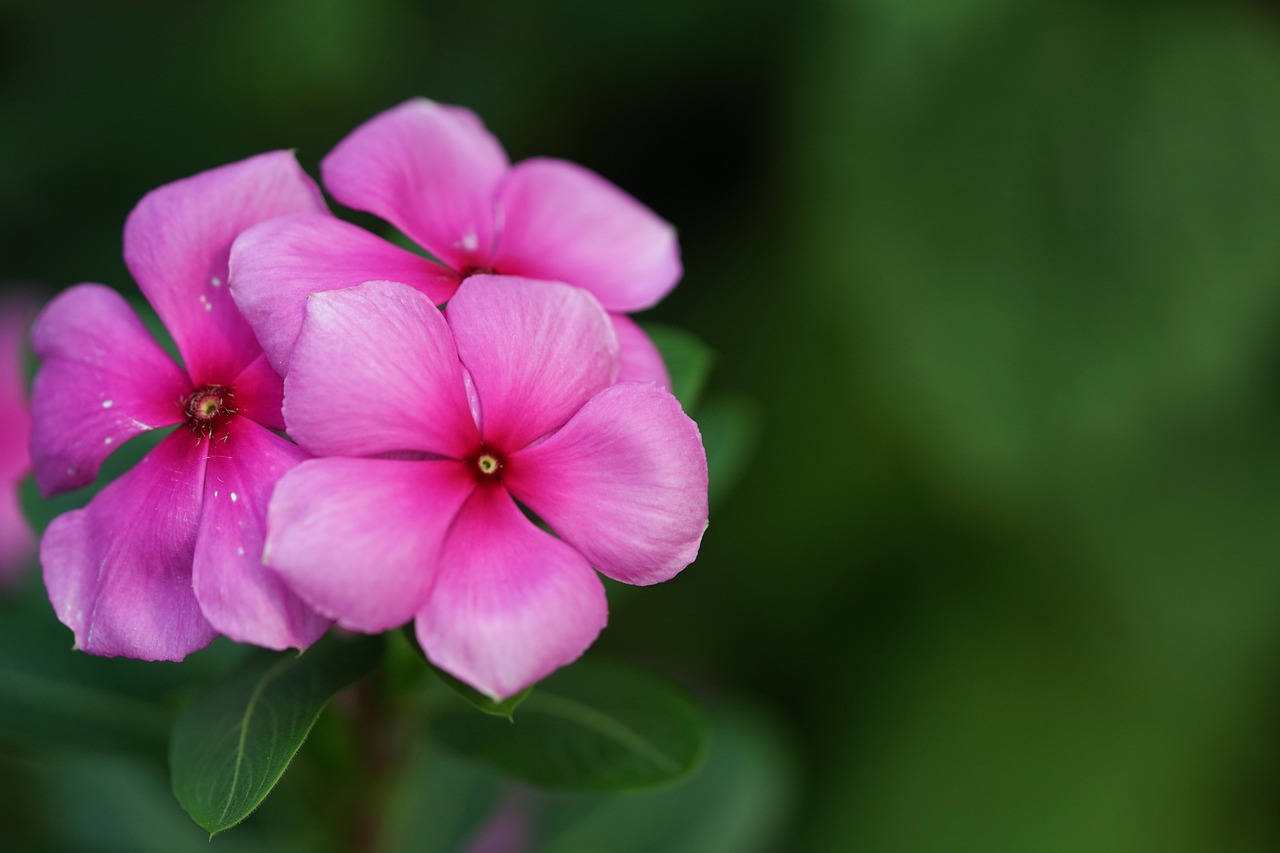Asclepias: Features and Care

The Asclepias, also known as the butterfly weed, is a plant admired for its unique flower shapes and vibrant colors. Its name originates from Greek mythology, adding historical and cultural depth to its appeal.
In this article, I will explore the basic information, cultural significance, history, and gardening tips for growing Asclepias.
Basic Information
- Scientific name: Asclepias
- Family: Apocynaceae
- Origin: North and South America
- Appearance: Asclepias features small star-shaped flowers that cluster into spherical arrangements. They come in vivid colors such as red, orange, pink, and yellow, adding a lively touch to any garden. The plant grows to a height of 60–100 cm, making it a great choice for creating visual interest in garden designs.
- Blooming season: It blooms from summer to early autumn (June to October), offering long-lasting beauty throughout the season.
Cultural Significance Around the World
Asclepias holds cultural importance in various regions. In the United States, it is commonly referred to as the “butterfly weed” due to its ability to attract butterflies, especially monarchs, which rely on Asclepias as a host plant for their larvae. Planting Asclepias in gardens is often promoted as part of ecological efforts to support butterfly populations.
In Europe, the plant’s striking colors and unique shape have made it a popular ornamental choice in gardens. While less common in Japan, Asclepias is gradually gaining attention for its role in butterfly-friendly gardening and its vibrant appearance in landscapes.
Historical Episodes
The name “Asclepias” derives from Asclepius, the Greek god of medicine and healing. This connection suggests that ancient peoples considered the plant to have special significance.
In Native American cultures, Asclepias was an essential part of rituals and daily life. When introduced to Europe in the 18th century, it gained popularity as an ornamental plant among royalty and the aristocracy. Gardeners admired its distinctive flower shape and vibrant hues, which led to widespread cultivation and hybridization efforts.
Gardening Advice

Asclepias is relatively easy to grow, but following a few key guidelines will ensure its vibrant blooms. This plant thrives in sunny locations and requires ample sunlight to fully display its striking colors. Its drought-tolerant nature makes it well-suited to well-drained soil. Sandy or slightly gritty soil works best, and over-fertilizing should be avoided as it may reduce flower production.
Plant Asclepias in spring, allowing it to establish itself in time for summer blooms. Deadheading spent flowers will encourage new blossoms and keep the plant looking tidy. While Asclepias is low-maintenance, cold climates may pose challenges. In areas with harsh winters, consider growing it in containers that can be moved indoors or to a sheltered location to protect the plant from frost.
Conclusion
Asclepias is a favorite among gardeners for its vibrant colors and ability to attract butterflies. Its cultural and historical significance adds another layer of intrigue, making it a wonderful addition to any garden.
Easy to care for and highly rewarding, Asclepias is perfect for creating a natural, harmonious space. Bring this captivating plant into your garden or balcony and enjoy its beauty throughout the season.


